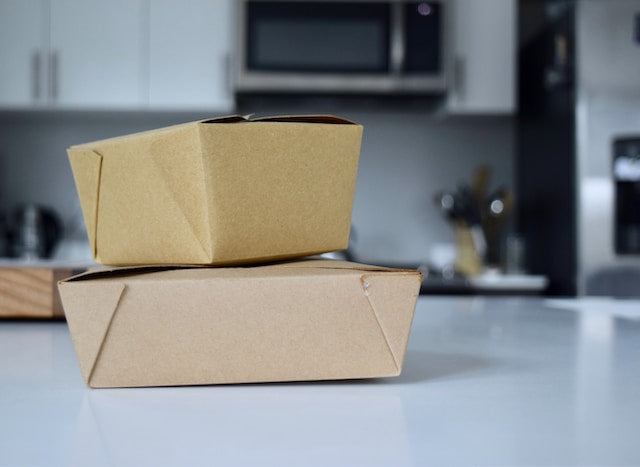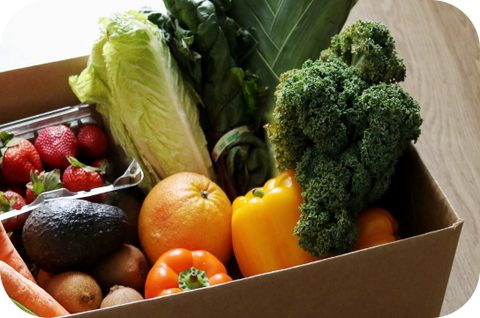

Food packaging serves a huge role in preserving our food, as well as its transportation and storage. Nonetheless, the environmental consequences associated with food packaging are increasing, particularly due to the widespread use of non-biodegradable materials like single-use plastics.
Almost all the food we buy comes in some type of packaging. No matter where it is from, it can be difficult to not have some kind of packaging. These range from glass, paper, plastic or aluminum foil depending on the situation. However, most of these packaging are used for single-use and are thrown in the trash right after. Moreover, every type of packaging requires substantial amounts of resources such as energy, water, chemicals, petroleum, minerals, wood, and fibres during production. The manufacturing process typically generates air pollutants, including greenhouse gasses, heavy metals, and particulates, and also produces wastewater and sludge that contain harmful contaminants.
In response to this issue, Peko has introduced reusable totes and soft plastic recycling to its customers starting April 30th. In the summer, each tote bag will come with a reusable ice pack, and the switch away from cardboard boxes was based on customer feedback and Peko's commitment to sustainability. Peko is also launching a soft plastics recycling program to further increase the sustainability of its operations. To read more about it, click here.
Overall, the impact of food packaging on the environment is substantial, and prompt action is necessary. The food industry and consumers alike must work together to develop sustainable solutions that reduce waste and limit the carbon footprint of food systems. By making conscious choices about the food we purchase and the packaging it comes in, we can all contribute to creating a more sustainable future.
Source:
